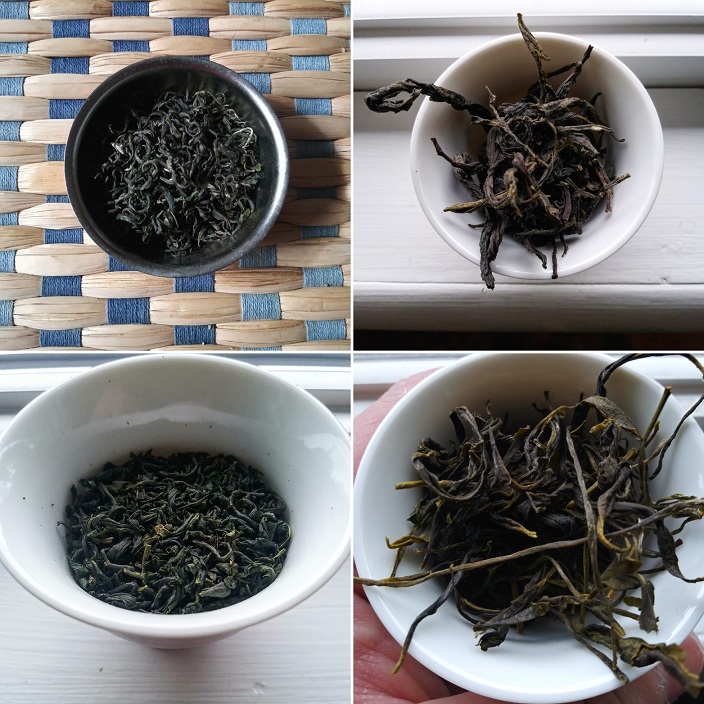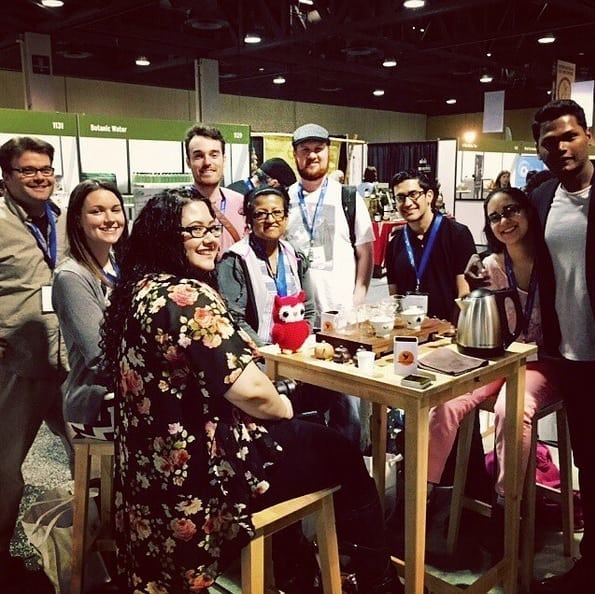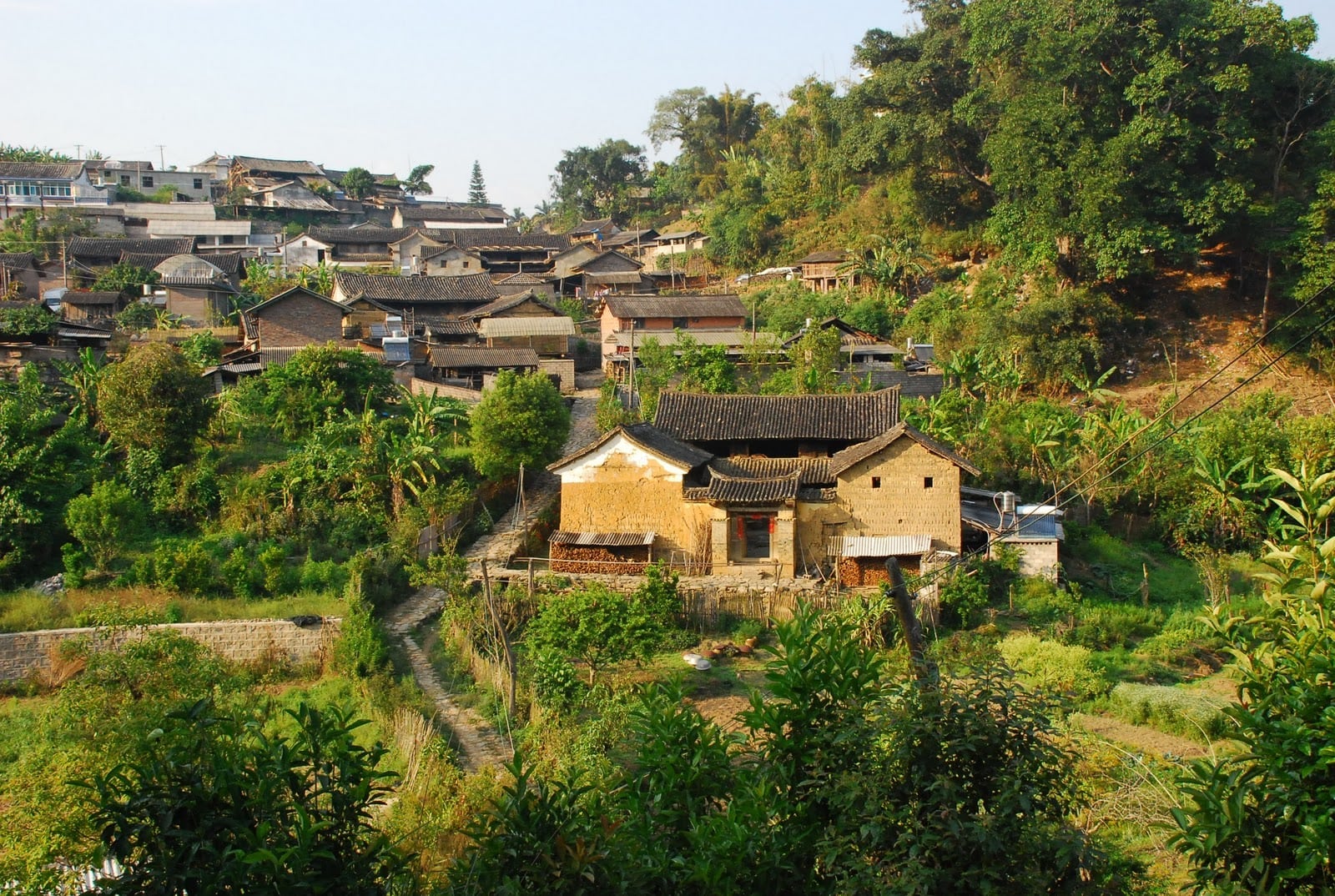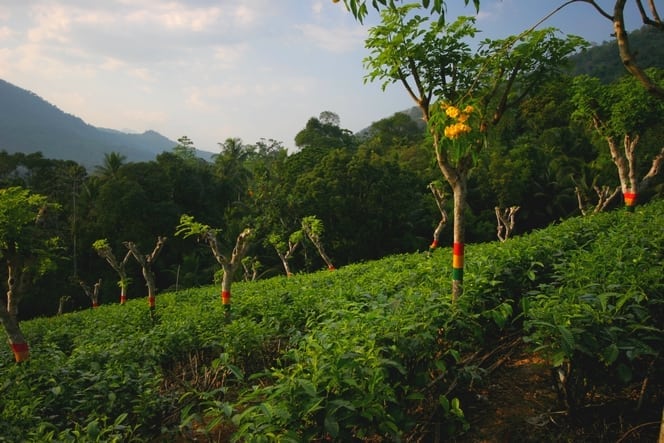I’m still in the midst of a bit of an oolong kick. It “mostly” started because I was attempting to whittle down my backlog of unique teas. However, for some reason, the oolong-ing just…stuck. I do have my guesses. They make me feel really good.

And not just “ZOMG-IMMA-CAFFEINE-MACHINE!!!” good – like, “Zen” good. A coworker even remarked that I had an unusual spring in my step one day. I never have a spring in my step; it’s more of a subsistent shuffle.
My only response to them was, “It’s the oolong.”
“Long what now?” was the almost-inappropriate reply.
One of the culprits for my recent bout of “good-mood-itis” was an offering from a new operation called Tea Setter. A few weeks ago, I watched one of Tea For Me Please’s podcasts. She was interviewing the purveyor of Tea Setter – one Matt Kitchen.
(Sidenote: Great name, dude. Seriously. You must be a foodie girl magnet. The tea biz is just icing on the cake.)
Around the same time, I noticed Matt had commented on one of my blog entries. See, vendors, that’s how ya do it. Engage the communi-“tea”. Ego boosted, I decided to peruse his start-up’s site. Given my current penchant for all things oolong, that was the section I went for. He only carried oolongs and pu-erhs. (Edit: And soon, green tea.) Hardcore.
Then I saw it…like some kinda dark, leafy beacon. Four words gave me an instant tea-boner. Too inappropriate? Who cares! It’s true. Those words: “Wild. Arbor. Oriental. Beauty.”
Alright, a bit of a history lesson.

Oriental Beauty (or “Dong Fang Mei Ren”) is a style of oolong originating from Taiwan. The leaves for this type are allowed to have bugs – known as leafhoppers – attempt to pick at the leaves. For protection, the leaves take on a bit of a characteristic change to deter the pests. However, as a result, the flavor profile of the leaves also change…for the awesome!
Oriental Beauty also goes by the more common name of “Bai Hao Oolong”, which was the first way I ran into it. It is probably my favorite type of Taiwanese oolong, with Ali Shan-produced ones rounding a close second. So far, I’ve tried several from Taiwan, and a variant from Fujian province, China.
The one on Tea Setter’s page…was from Yunnan. Wu Liang Shan, to be precise. Instead of a smaller leaf – like with its Taiwanese forbearer – this one utilized a larger tea leaf cultivar (or group of cultivars) known as “Wild Arbor”.
This is a fuzzy term referring to cultivated varieties of tea trees that have “gone feral”.

Not quite like that…but close.
In China, it is not uncommon to find tea plantations abandoned for centuries. Of late, these have become a treasure trove. Many of the once-cultivated tea trees have returned to their more natural state, and – thusly – their flavor profile is affected…for the awesome!
Teas made from truly wild (or “ye sheng”) tea trees fetch a pretty high price. Wild Arbor teas go for much less, but – in some cases – taste just as good. Such tea trees often produce exquisite pu-erh-ready leaves. I tried a few in my time. I even notched off a few wild-crafted white and black teas. An oolong, however…
That was something new and weird.. And – as this blog indicates – I’m all about the new and weird. I even zapped Mr. Matt a message wondering how he came across this variant. He said:
“We offer a small variety of hand selected teas that I have chosen from dozens and dozens and dozens of tastings. And that is how I came across this Oriental Beauty. From a large group of oolongs that my distributor had to sample. I kept getting dark oolong after dark oolong that was just too intense and I know wouldn’t appeal broadly and then I cam across this and it was like a breath of fresh air. Sweet and crisp, a little bite, and the grilled peach notes were subtle to intense depending on what infusion I was on. I actually had to email the distributor to make sure this tea wasn’t artificially flavored.”
I dug into it about a couple of days later.

The leaves themselves were long, twisty, with the occasional tippy piece in the fray. There wasn’t much of an aroma to speak of, alas. So, I had no idea what I was getting into. For the first infusion, I did what the instructions told me to. I steeped the leaves in a gaiwan for twenty seconds. The second time around, I added…uh…I forget how many seconds. I think it was thirty. Third time: About forty-five. The results were strangely staggering.
First infusion (twenty seconds): The liquor was yellow-gold without much aroma. However, the taste was straight fruit – tart and sweet all at once. Very much like I expect from an Oriental Beauty – variant or no.

Second infusion (thirty seconds-ish?): Bolder notes of…bergamot? How odd. Definitely a citrus lean. The darker liquor was also a shocker – more mahogany than gold. There was also a mineral note to the end, not surprising from a Chinese oolong.
Third infusion (forty-five seconds): Still strong on the fruit notes, but with the added verve of a roasty appeal. Just a shade darker than the second infusion. Mineral and earth still showed up at about the mid-point yet were quickly pummeled by a feeling of “plum”.
I kept steeping this until I forgot how many infusions I was at. The fruity lean never let up until the very end (whenever that was). Any notes I would’ve had on the successive sips were lost amidst groans of tea drunk delight.

This was one wild oolong.
But I’d at least buy her dinner first.














